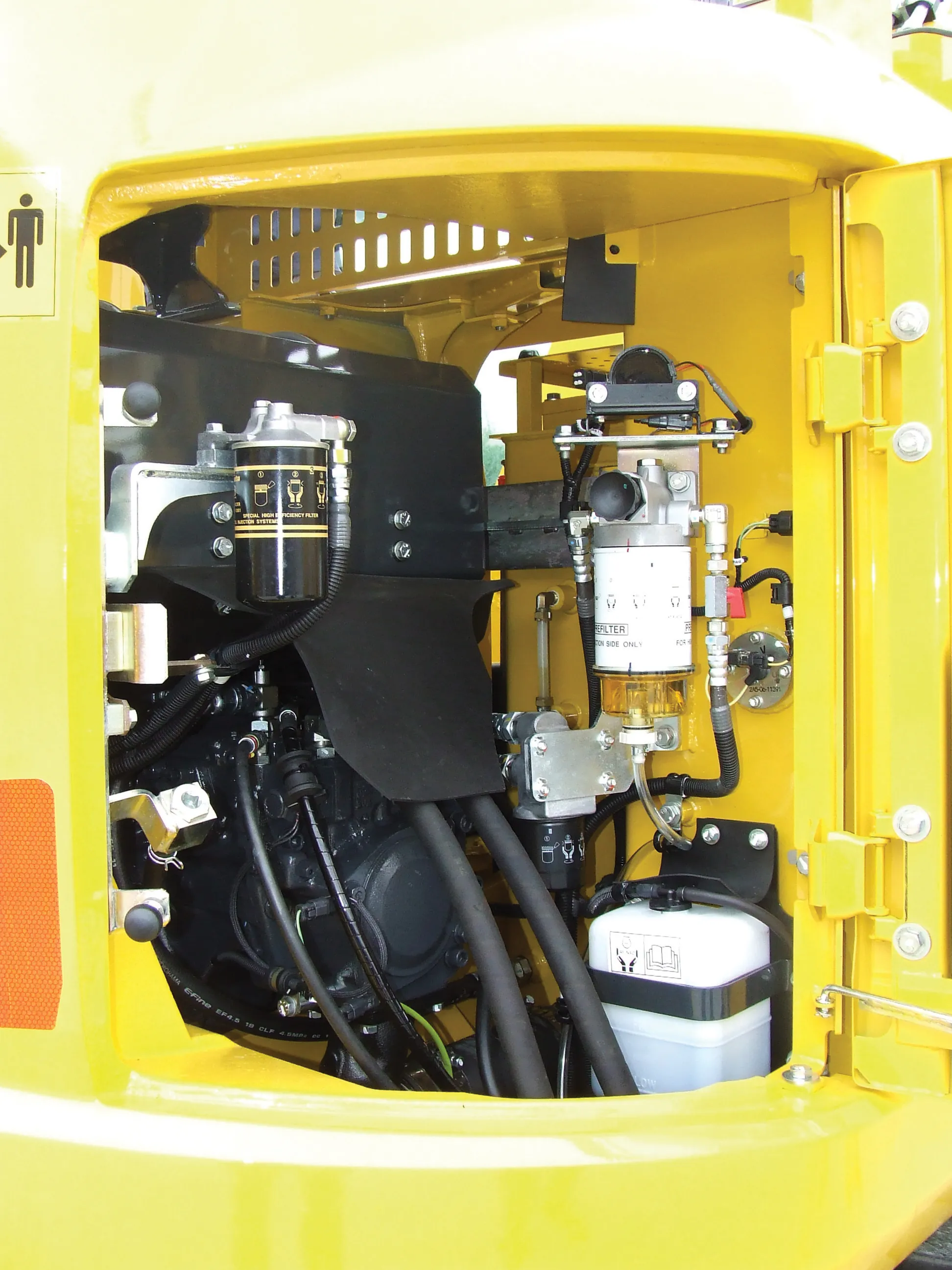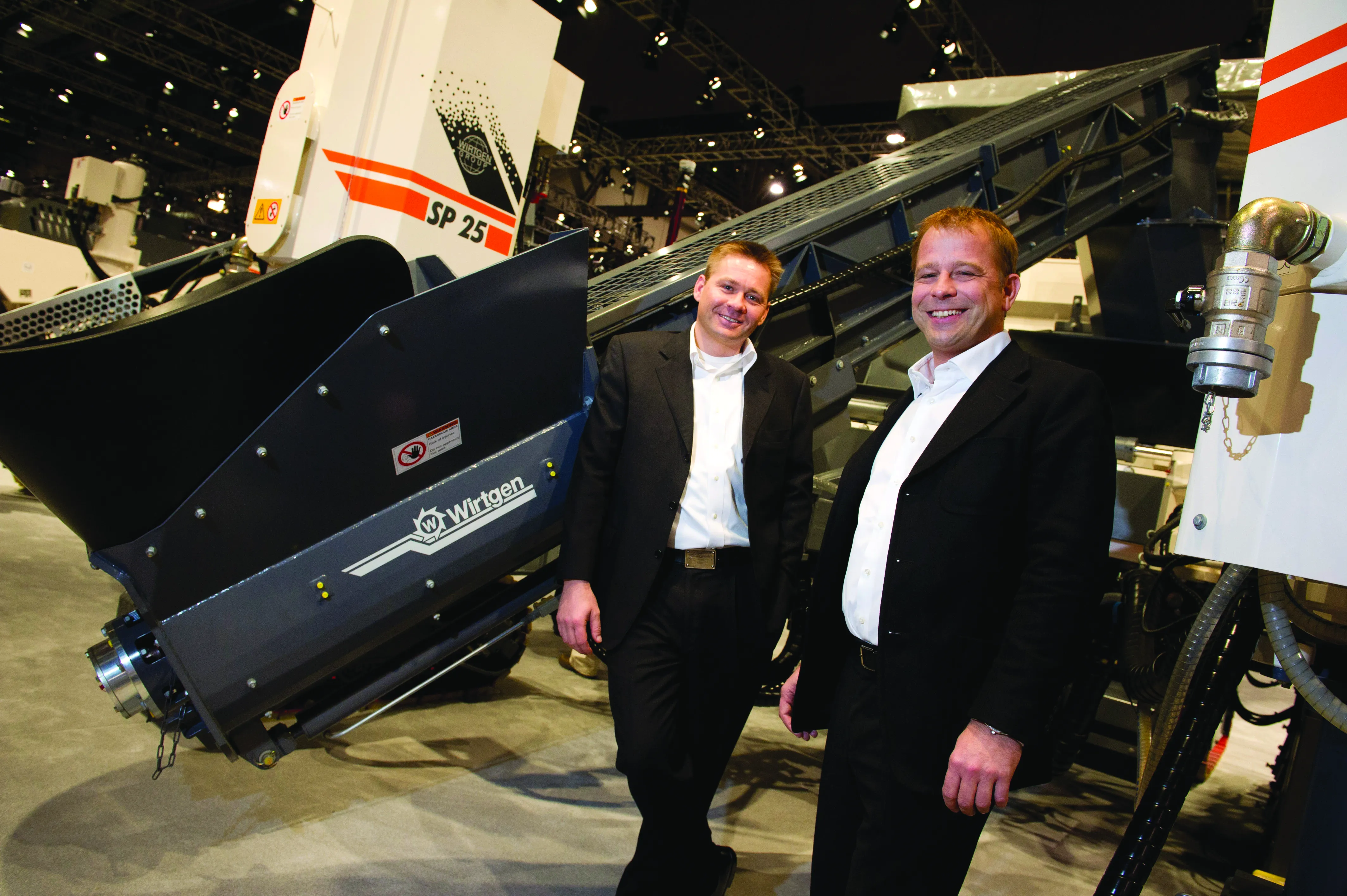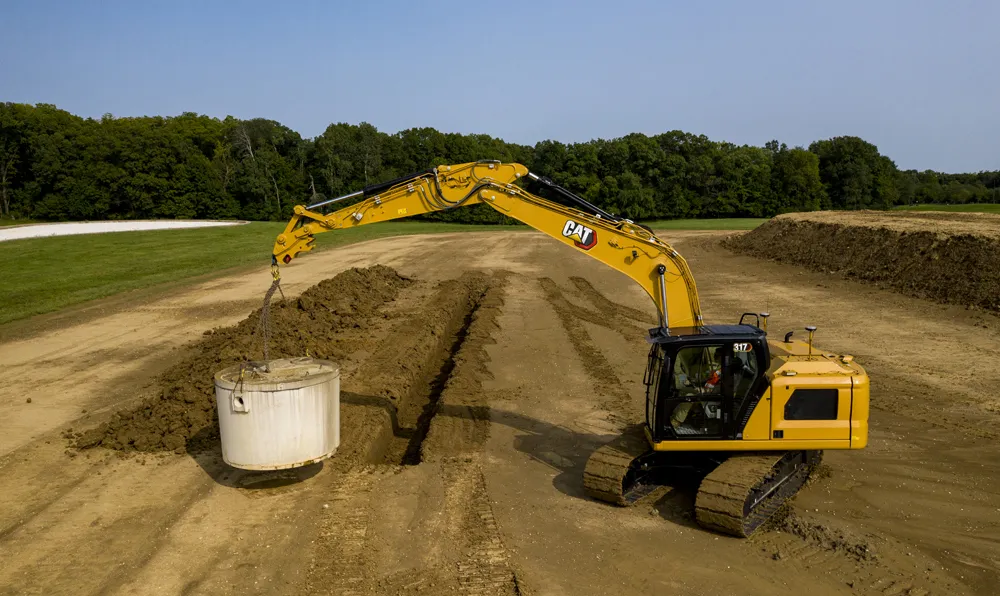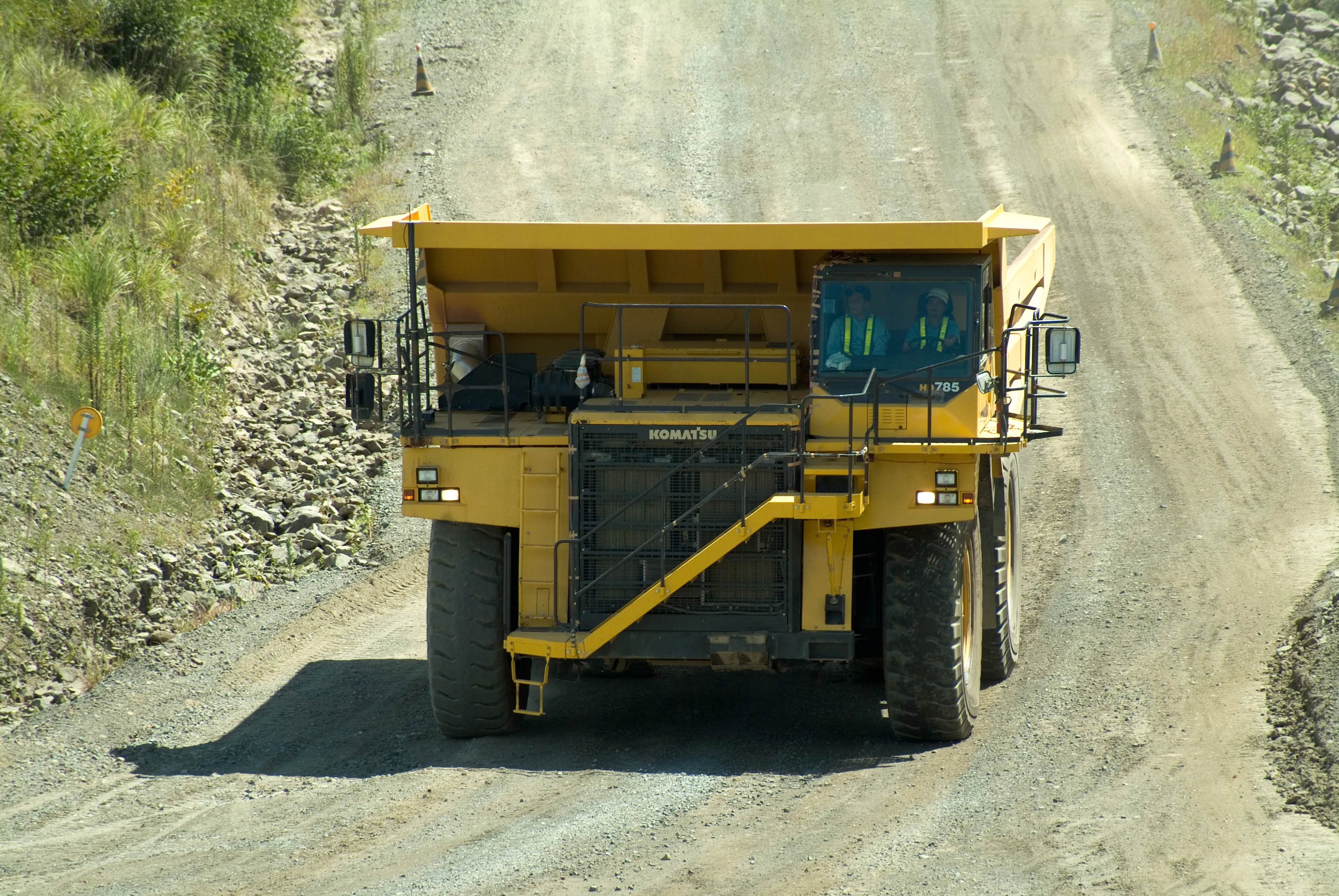Komatsu’s utility equipment operation in Italy recently held its 50th anniversary celebration, as well as highlighting new product developments. The current plant was established by the Italian firm FAI in the town of Este around 30 years ago, close to the city of Venice. When rules on importation of machine into Europe were established in the late 1980s, Komatsu discussed a partnership with FAI. This was established in 1988, later buying out the majority share in the plant held the Italian founder in the e
January 21, 2014
Read time: 4 mins

Komatsu’s utility equipment operation in Italy recently held its 50th anniversary celebration, as well as highlighting new product developments. The current plant was established by the Italian firm FAI in the town of Este around 30 years ago, close to the city of Venice. When rules on importation of machine into Europe were established in the late 1980s, Komatsu discussed a partnership with FAI. This was established in 1988, later buying out the majority share in the plant held the Italian founder in the early 1990s and then buying 100% of the business a few years later, when it became known as Komatsu Utility Europe (KUE).
President and CEO of2300 Komatsu is Tetsuji Ohashi, who attended the 50th anniversary celebration. He said, “KUE is achieving its 50th anniversary, and it is quite a milestone. It has been almost 30 years since FAI moved its factory to Este. Today KUE has obtained an indispensable position within Komatsu. Since 2008 the European market has been stagnant but I believe the European market will come back strongly in the near future.”
Enrico Prandini, managing director of the Este facility also believes European machine sales have a positive future and said, “Italy is starting to move again.”
He added that the firm’s sales into France, Germany and the UK are improving at a better rate while the market for rental machines, into which the plant’s products are key competitors, has yet to develop in Italy. Prandini commented, “Europe is our domestic market and we also export to Algeria, Australia, Mongolia, Russia, South Africa and Turkey.”
In this last market the company sells a number of backhoe loaders, although strong local competition makes it a tough sector. The company aims its products at the top end of the market for quality machines and he said, “We will not give customers a cheap machine. We want to be a partner with the customer and give full service to the customer.”
In the long term Prandini believes that sales of the backhoe loader will decline and commented, “This is a machine that will be replaced.”
The plant has built some 100,000 units since it was established and its importance will be underscored with its new name also, Komatsu Italia Manufacturing. The firm took advantage of the downturn in demand to reorganise its manufacturing operation at the plant, which features three assembly lines with one for mini excavators and skid steer loaders, one for backhoe loaders and one for the more complex midi excavators. The facility understandably follows Japanese manufacturing processes and is geared to efficiency and quality.
While the development of new models is carried out mainly in Japan, Komatsu’s Italian facility does have considerable input into certain machines and particularly those such as the new wheeled excavators. This is seen as a product range that will be of growing importance also and he commented, “The midi wheeled excavator will surely be one of the replacements for the backhoe loader.”
The newest model being produced at the Este plant is the PC138-10, a sophisticated machine developed for use in compact working areas. And it will be joined in due course by a new PC170 model also, which will share many of the features. The PC138 features a 3.3litre diesel delivering 72kW and which meets Tier 4 Interim/Stage IIIB emissions regulations but to reduce maintenance needs, this does not require a diesel particulate filter (DPF). High working efficiency is claimed due to sophisticated load-sensing hydraulics, while the machine also comes with the latest version of the Komtrax condition monitoring system.
President and CEO of
Enrico Prandini, managing director of the Este facility also believes European machine sales have a positive future and said, “Italy is starting to move again.”
He added that the firm’s sales into France, Germany and the UK are improving at a better rate while the market for rental machines, into which the plant’s products are key competitors, has yet to develop in Italy. Prandini commented, “Europe is our domestic market and we also export to Algeria, Australia, Mongolia, Russia, South Africa and Turkey.”
In this last market the company sells a number of backhoe loaders, although strong local competition makes it a tough sector. The company aims its products at the top end of the market for quality machines and he said, “We will not give customers a cheap machine. We want to be a partner with the customer and give full service to the customer.”
In the long term Prandini believes that sales of the backhoe loader will decline and commented, “This is a machine that will be replaced.”
The plant has built some 100,000 units since it was established and its importance will be underscored with its new name also, Komatsu Italia Manufacturing. The firm took advantage of the downturn in demand to reorganise its manufacturing operation at the plant, which features three assembly lines with one for mini excavators and skid steer loaders, one for backhoe loaders and one for the more complex midi excavators. The facility understandably follows Japanese manufacturing processes and is geared to efficiency and quality.
While the development of new models is carried out mainly in Japan, Komatsu’s Italian facility does have considerable input into certain machines and particularly those such as the new wheeled excavators. This is seen as a product range that will be of growing importance also and he commented, “The midi wheeled excavator will surely be one of the replacements for the backhoe loader.”
The newest model being produced at the Este plant is the PC138-10, a sophisticated machine developed for use in compact working areas. And it will be joined in due course by a new PC170 model also, which will share many of the features. The PC138 features a 3.3litre diesel delivering 72kW and which meets Tier 4 Interim/Stage IIIB emissions regulations but to reduce maintenance needs, this does not require a diesel particulate filter (DPF). High working efficiency is claimed due to sophisticated load-sensing hydraulics, while the machine also comes with the latest version of the Komtrax condition monitoring system.









